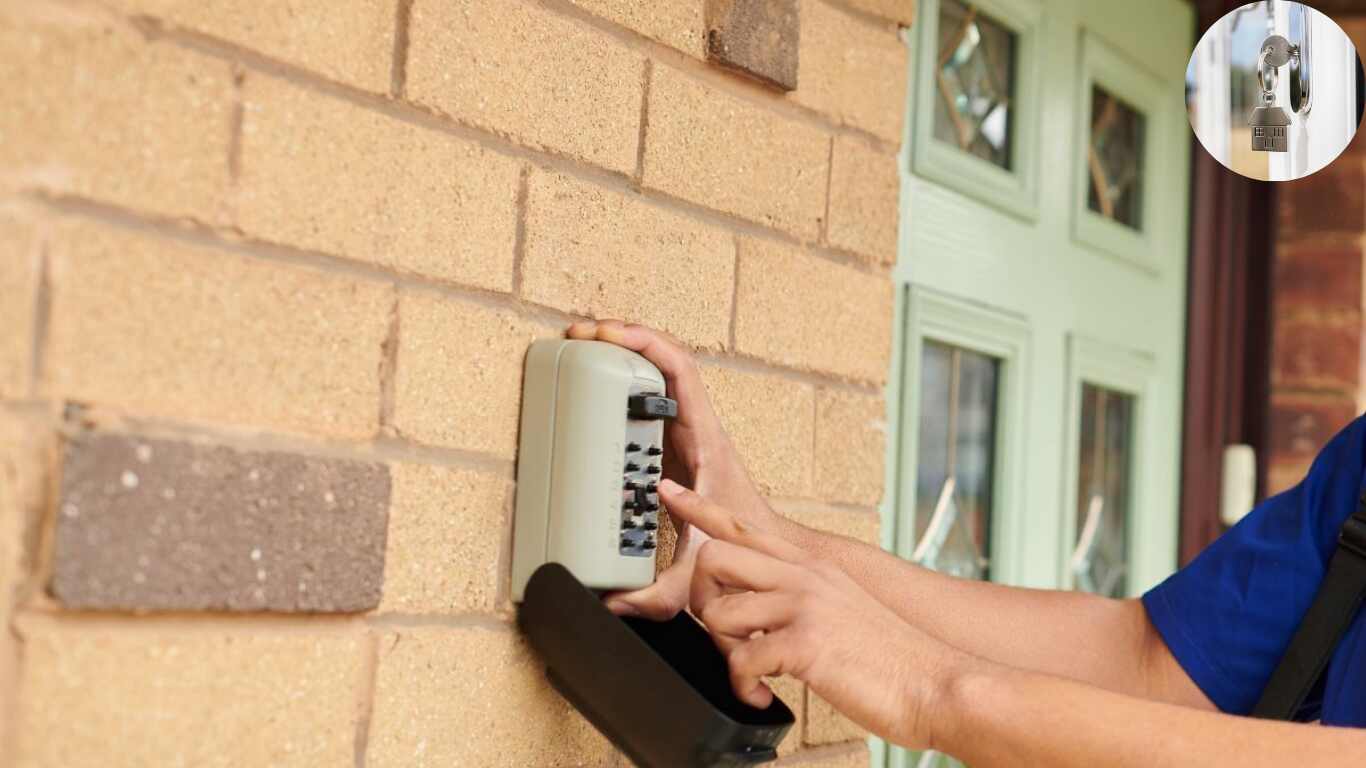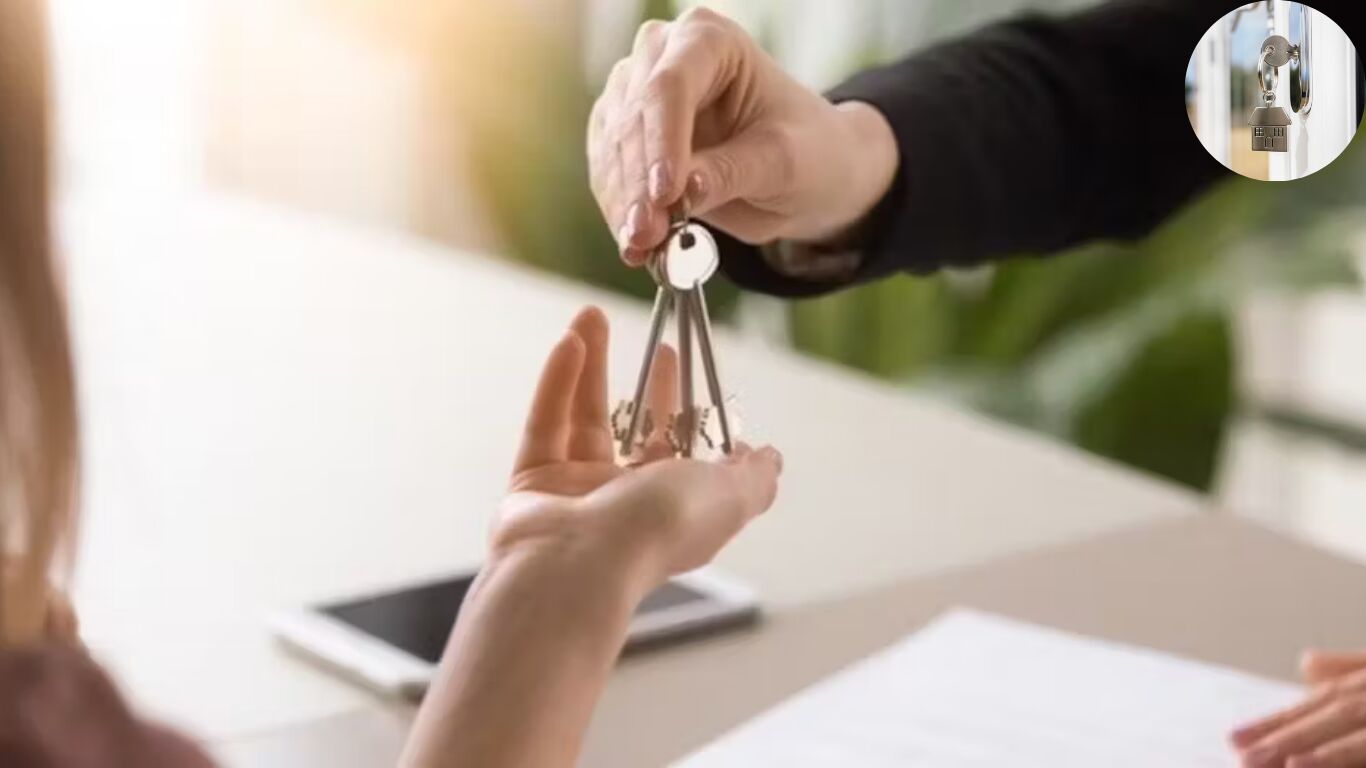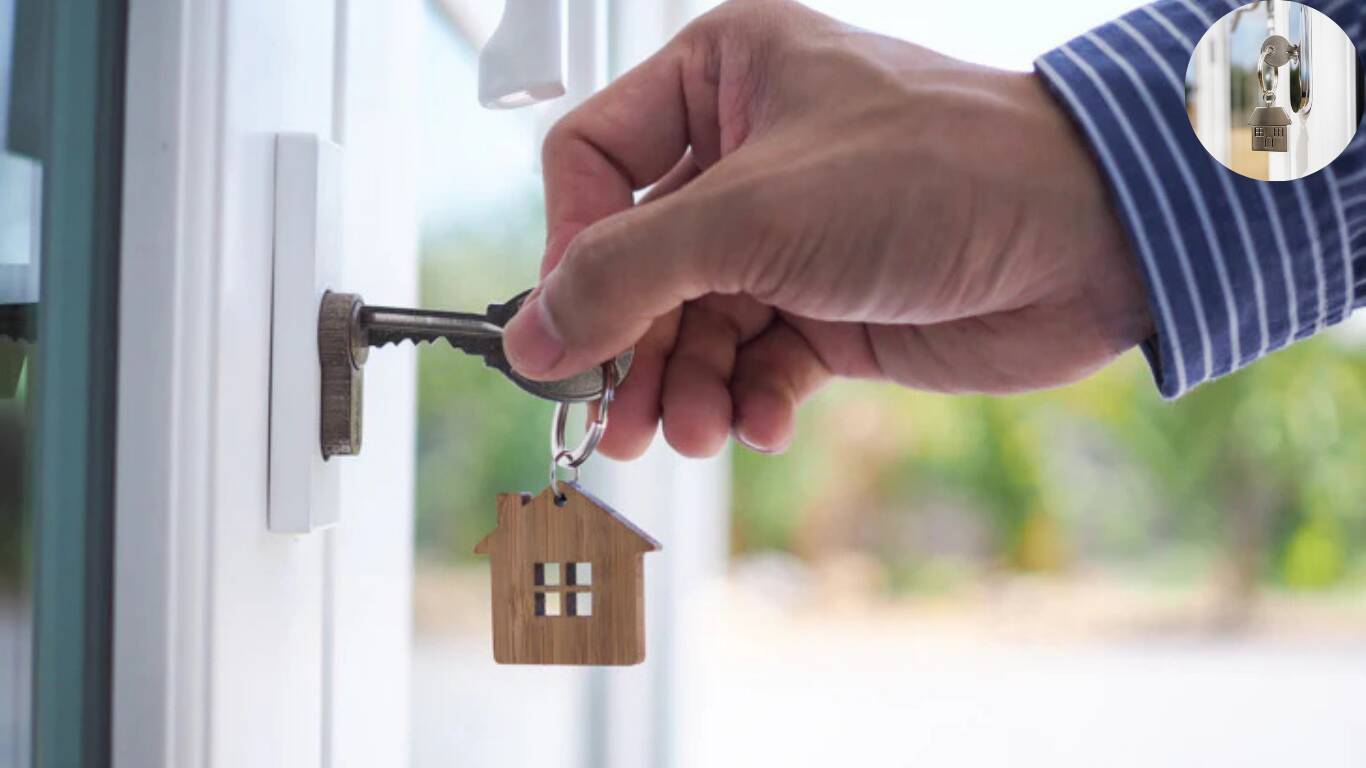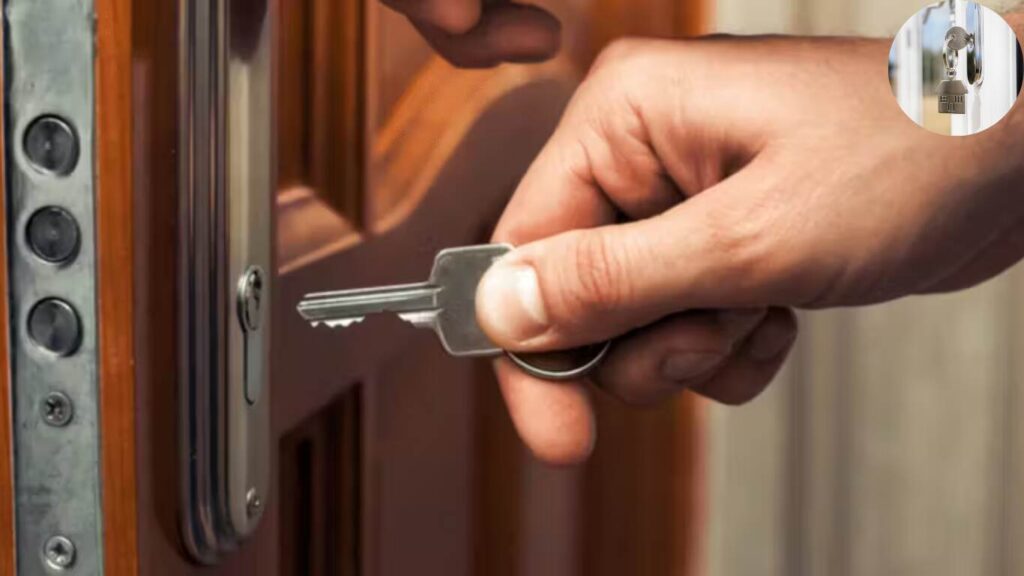House insurance is a critical safeguard for homeowners, protecting against unforeseen events like theft, damage, or loss. It provides peace of mind knowing that your property and belongings are covered in times of crisis. However, the landscape of home security is evolving, and many homeowners are turning to key safes for added convenience and accessibility.
| Factor | Impact on Insurance | |
|---|---|---|
| Insurer Policies | Varies by provider – some accept approved models, others may reject any key safe | |
| Approved Models | Must meet security standards (e.g., Secured by Design certification) to be accepted | |
| Installation | May require professional installation to maintain validity | |
| Code Management | Regular code changes often required, especially for holiday lets | |
| Disclosure | Failure to declare key safe use could invalidate claims | |
| Location | Insurers may prefer discreet placement to avoid advertising property vulnerability | |
| Smart Key Safes | Remote-access models with audit trails may be viewed more favorably | |
| Alternative Security | Insurers may prefer smart locks over key safes for better access control |
Key safes, small secure boxes that store spare keys, have become popular among homeowners, landlords, and even caregivers. While they seem like a convenient solution for access, they can introduce potential risks, especially regarding house insurance. This raises the question: Does having a key safe invalidate house insurance?
What Is a Key Safe and Why Use One?
What Is a Key Safe?
A key safe is a secure, lockable container that stores spare keys. It is typically mounted on an external wall of a property and can only be accessed using a combination code or key. Key safes come in various designs, including:
- Digital key safes: Use an electronic keypad for access.
- Mechanical key safes: Feature a manual combination lock.
- Disguised key safes: Designed to blend into the environment (e.g., hidden as a rock or garden ornament).
- Police-approved key safes: Certified for high security and often meet specific safety standards.
These devices offer a simple solution to avoid being locked out or to grant access to others without needing to exchange physical keys.
Common Uses of Key Safes
Key safes are versatile and useful in many scenarios. Some of the most common uses include:
- Homeowners: To provide access to family members, friends, or neighbors in emergencies.
- Landlords and property managers: This is for granting entry to tenants, maintenance workers, or cleaners without needing to meet in person.
- Vulnerable residents: For caregivers or emergency responders to access the home when needed.
- Short-term rentals: Convenient for Airbnb hosts or vacation rentals to allow guests to enter without a key handoff.
Benefits of Key Safes
The popularity of key safes stems from their many advantages, such as:
- Convenience: No more hiding keys under mats or flowerpots. A key safe provides a secure and accessible alternative.
- Reduced lockout risks: You’ll never worry about losing your keys or being stuck outside your home.
- Improved safety for vulnerable residents: Caregivers or emergency responders can access the home quickly in urgent situations.
- Flexible access: Multiple people can share access without the hassle of physical key exchanges.
With these benefits, it’s no wonder key safes are becoming a go-to solution for modern homeowners. But how do they impact your house insurance?
How House Insurance Works: The Basics
Before diving into the specifics of key safes, it’s important to understand the foundation of house insurance policies.
You may also read(doll house dimensions)
What Does House Insurance Cover?
House insurance generally protects your home and belongings from risks like:
- Theft: Coverage for stolen property or damage caused during a burglary.
- Damage: Protection against events like fires, floods, or vandalism.
- Loss of belongings: Coverage for personal possessions inside your home or sometimes even when you’re away.
However, claims are subject to certain conditions. For instance, many insurers require evidence of forced entry to approve a claim for theft.
Key Conditions for Valid Insurance
To ensure your house insurance remains valid, you must meet specific requirements, including:
- Securing the property: Your home must be locked and secure when unoccupied.
- Disclosing security features: Insurers must know about any security devices or access methods, such as key safes.
- Using approved security measures: Some policies specify using high-quality locks or certified safes.
Failing to meet these conditions could put your insurance coverage at risk, which brings us to the question of key safes.
Does a Key Safe Invalidate House Insurance?
The Short Answer
The use of a key safe does not automatically invalidate house insurance. However, its impact depends on how the key safe is used and your insurer’s specific policy. Let’s explore the scenarios where a key safe could affect your insurance.
When a Key Safe Might Invalidate Insurance
Key safes can pose risks that may lead to claim denial or policy invalidation, such as:
- Non-disclosure: If you install a key safe but fail to inform your insurer, this could be seen as withholding critical information.
- Low-quality or poorly installed key safes: Cheap or improperly mounted key safes are easier for burglars to tamper with, increasing the risk of unauthorized access.
- No forced entry: If a burglar uses a key from the safe to enter, insurers may deny the claim due to the lack of evidence of forced entry.
When Insurers accept a Key Safe
On the flip side, key safes are often accepted by insurers when:
- The key safe is police-approved: High-security models with robust designs are more likely to be accepted.
- You disclose its presence: Informing your insurer and following their guidelines ensures transparency.
- Used responsibly: If the safe is installed securely and codes are managed carefully, insurers are less likely to see it as a risk.
Insurer Policies and the Importance of Disclosure
Why Insurers Care About Key Safes
Insurers assess the security of your home when calculating risks and premiums. A key safe, if poorly managed, can create vulnerabilities, including:
- Increased risk of burglary.
- Lack of evidence for forced entry claims.
- Potential misuse or tampering.
By understanding these concerns, you can take steps to address them.
Disclosure: What You Must Tell Your Insurer
To maintain a valid insurance policy, disclose the following details about your key safe:
- The type and brand of key safe (e.g., police-approved or standard model).
- Its location and how it is installed.
- Who has access to the safe, and how the codes are managed?
Consequences of Non-Disclosure
Failing to disclose your key safe can have serious consequences, including:
- Claim denial: If a burglary occurs due to a key from the safe, insurers may refuse to pay out.
- Policy invalidation: Non-disclosure or improper use of a key safe may void your entire policy.
Transparency and communication with your insurer are key to avoiding these issues.
Risks and Security Concerns with Key Safes
Potential Risks
While key safes are convenient, they come with potential risks, such as:
- Visibility to burglars: A poorly hidden key safe can become a target.
- Weak codes: Simple or frequently reused codes are easier to guess.
- Tampering: Low-quality safes are more vulnerable to being forced open.
Real-World Scenarios
Here are some examples of how key safes can lead to problems:
- Burglary without forced entry: A thief finds the key safe, guesses the code, and enters the home, leading to denied claims.
- Code sharing gone wrong: A tenant shares the code with others, and unauthorized access occurs.
How to Use a Key Safe Without Invalidating House Insurance
Choose the Right Key Safe
Here’s what to look for in a secure key safe:
FeatureRecommendation
Certification of Police-approved models.
Material Heavy-duty, weather-resistant construction.
Locking Mechanism High-security codes or electronic locks.
Installation is mounted securely, away from obvious spots.
Best Practices for Security
- Change codes regularly, Especially after tenant turnover or guest departures.
- Limit access: Only share the code with trusted individuals.
- Inspect the safe: Regularly check for wear and tear or signs of tampering.
Communicate with Your Insurer
- Inform them upfront: Inform your insurer about the key safe before installation.
- Follow guidelines: Adhere to any specific requirements they provide.
- Get written approval: Document their acceptance of the key safe for future reference.
Frequently Asked Questions
Does every insurer have the same policy on key safes?
No, insurer policies vary. Always check with your provider to understand their specific requirements.
Can a key safe lower my insurance premiums?
Using a police-approved key safe may enhance security and lower premiums. Confirm this with your insurer.
Key Takeaways: Does a Key Safe Invalidate House Insurance?
- Proper use of a key safe does not automatically invalidate insurance, but non-disclosure or poor management can.
- Always choose a police-approved model and install it securely.
- Maintain communication with your insurer and follow best practices for security.
Conclusion & Call to Action
Key safes can be helpful for homeowners, but they must be used responsibly to avoid complications with house insurance. You can enjoy the benefits without risking your coverage by choosing the right key safe, managing it properly, and communicating openly with your insurer.
You may also read(can a tornado destroy a brick house)
